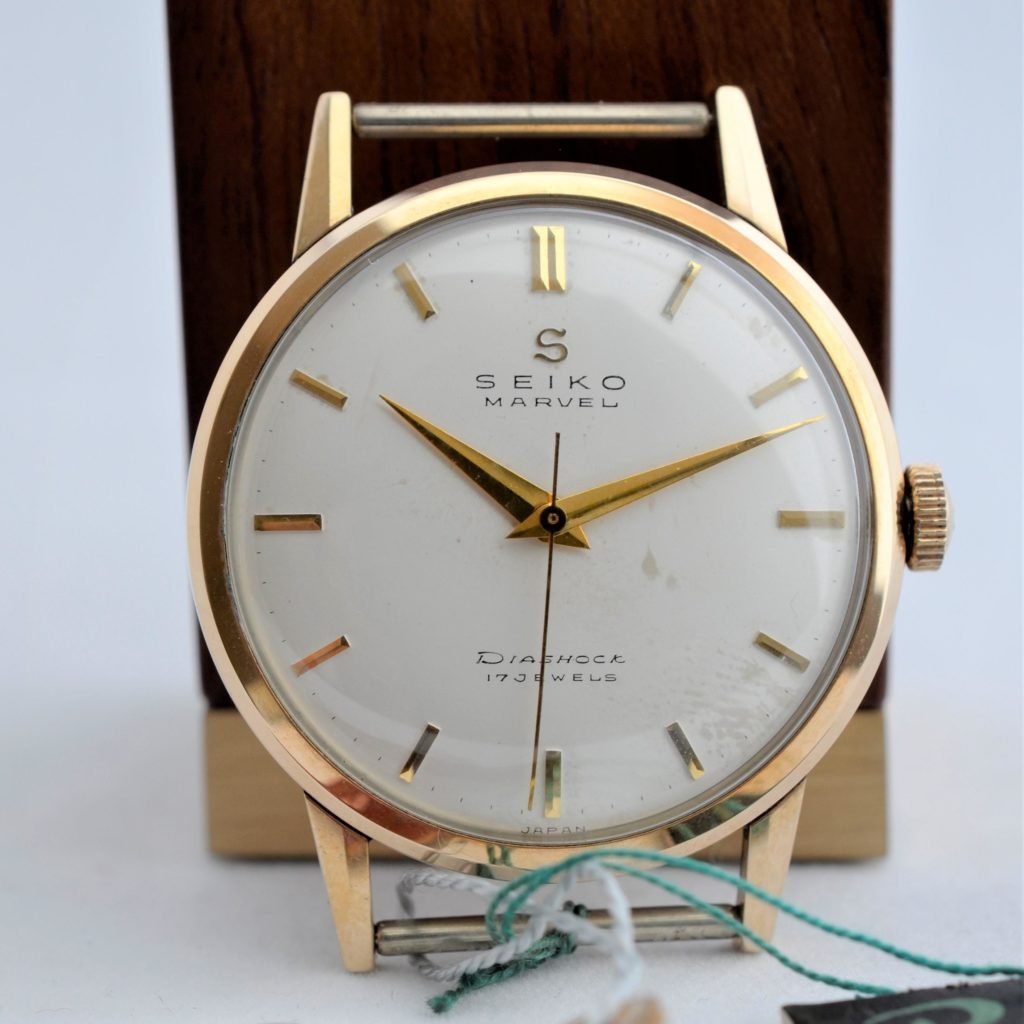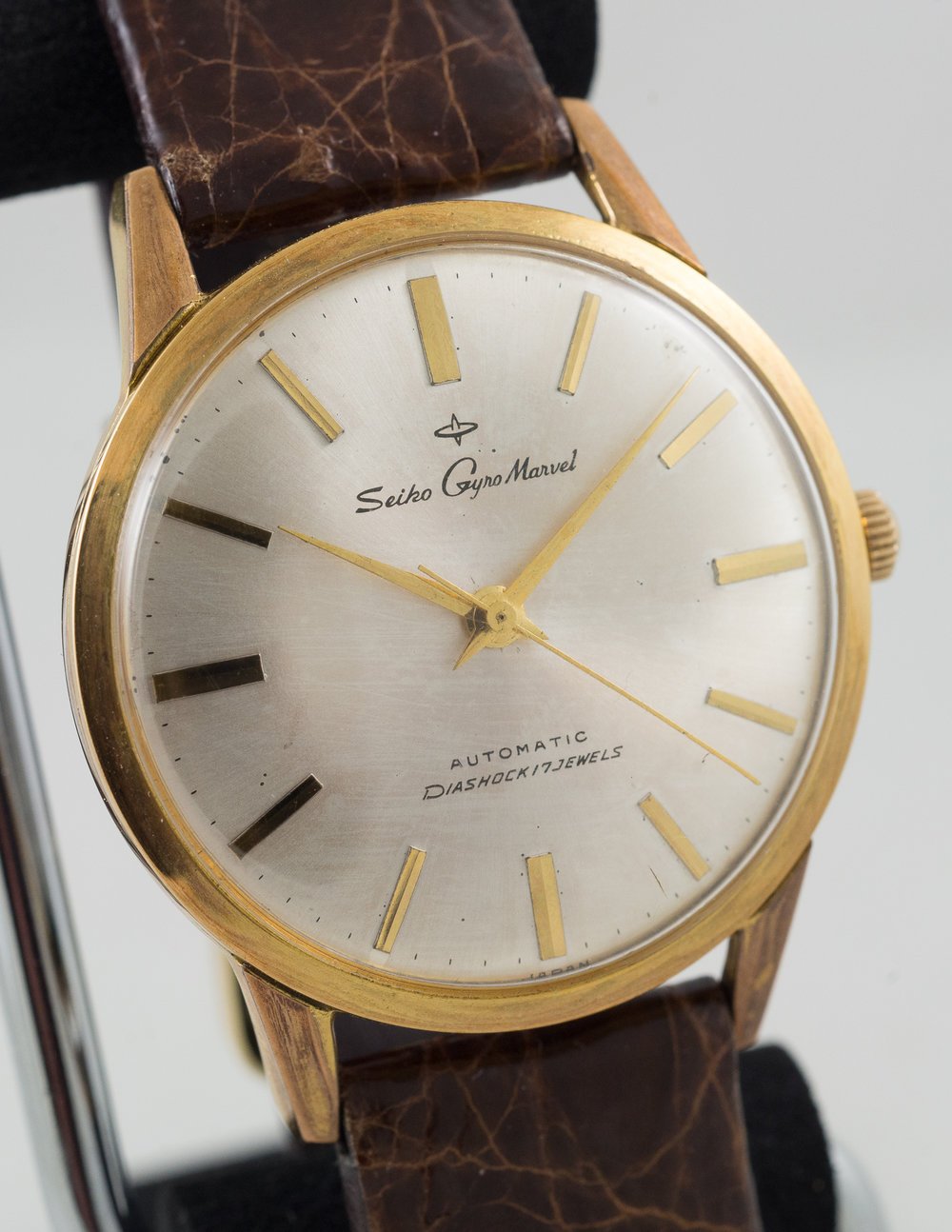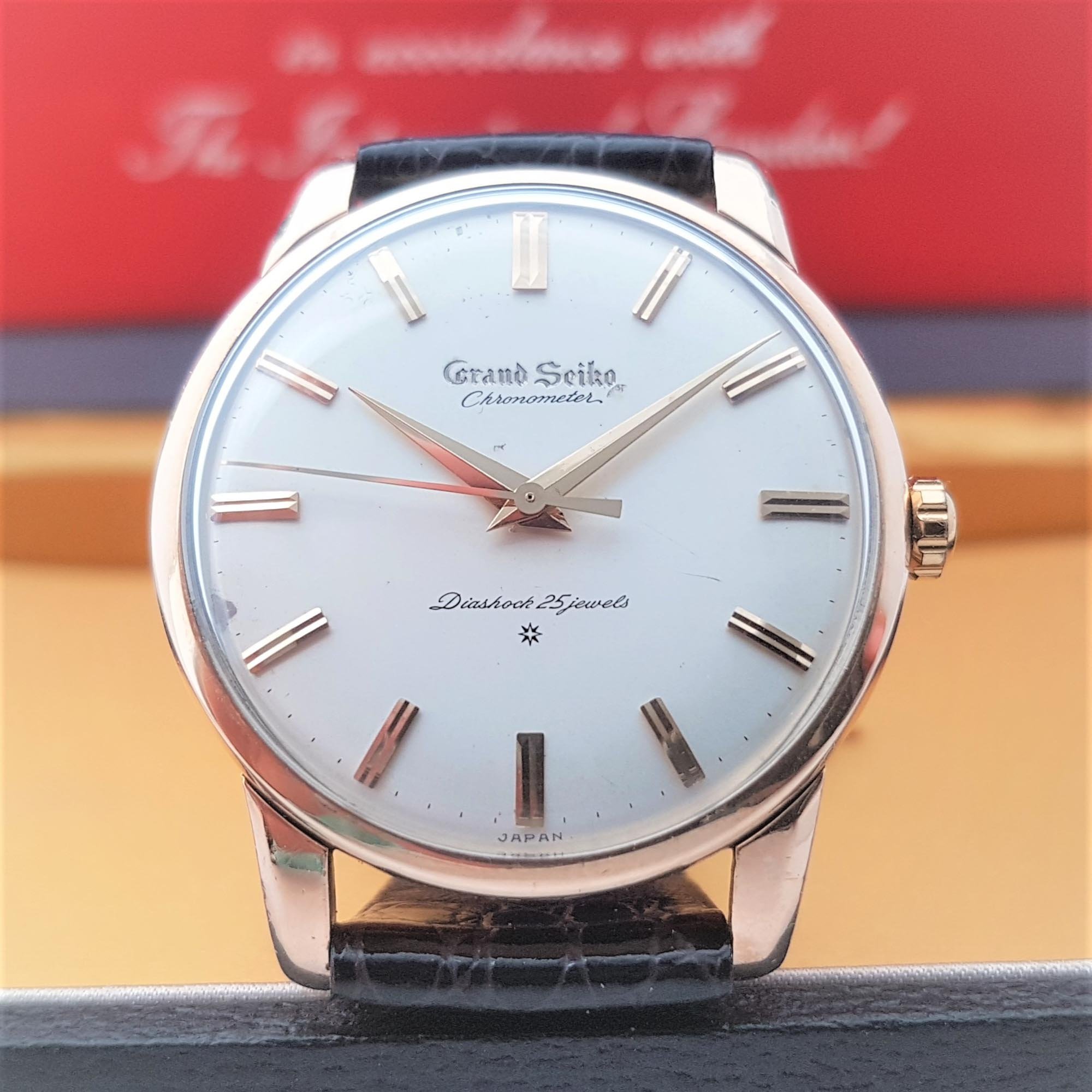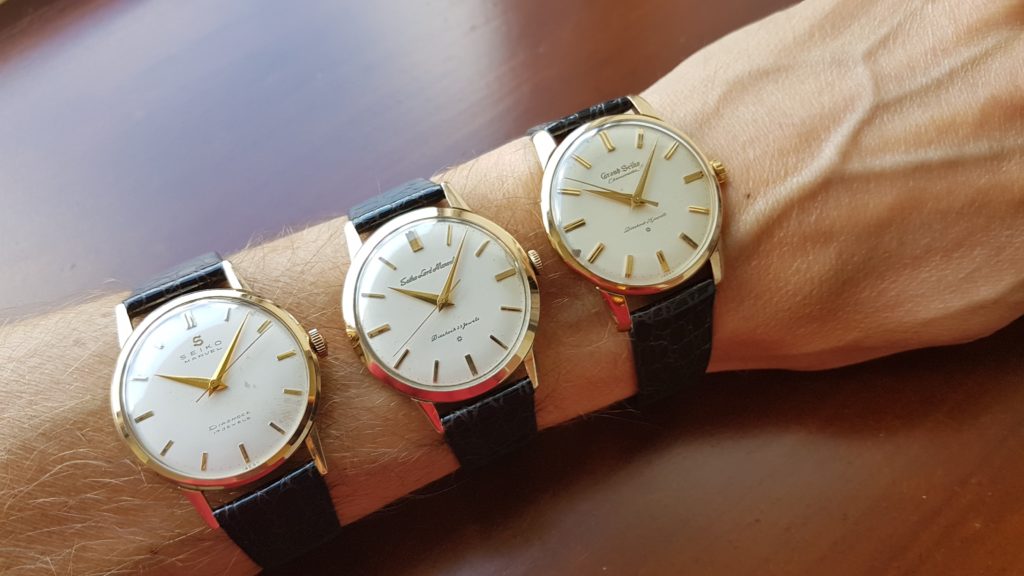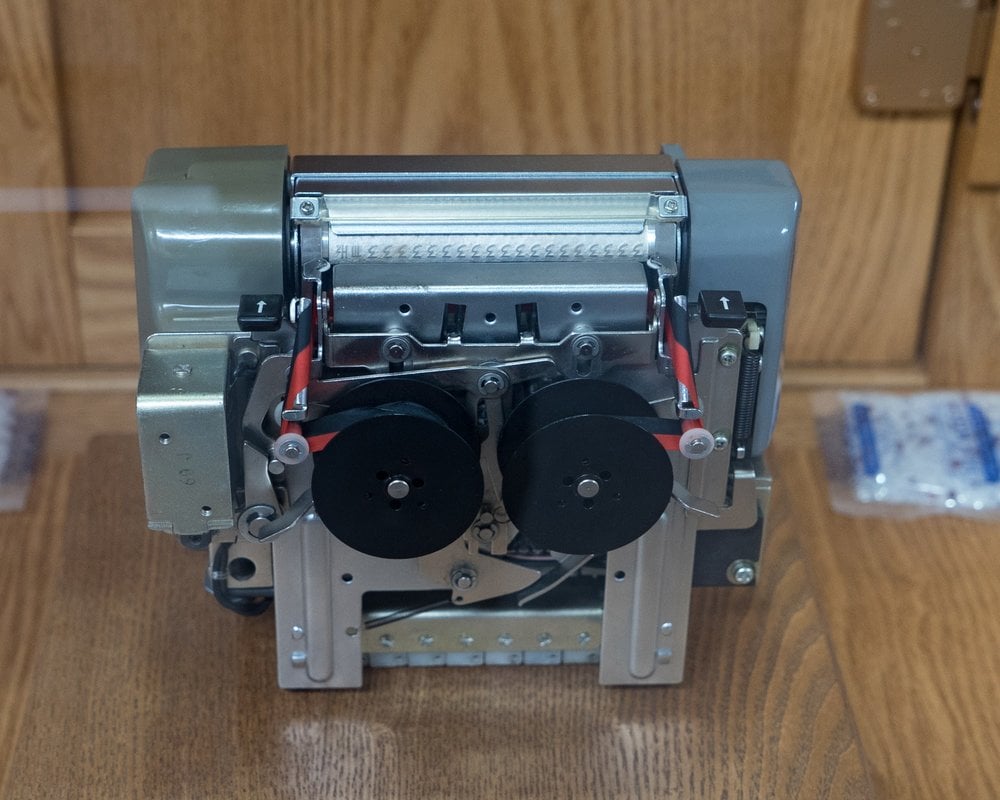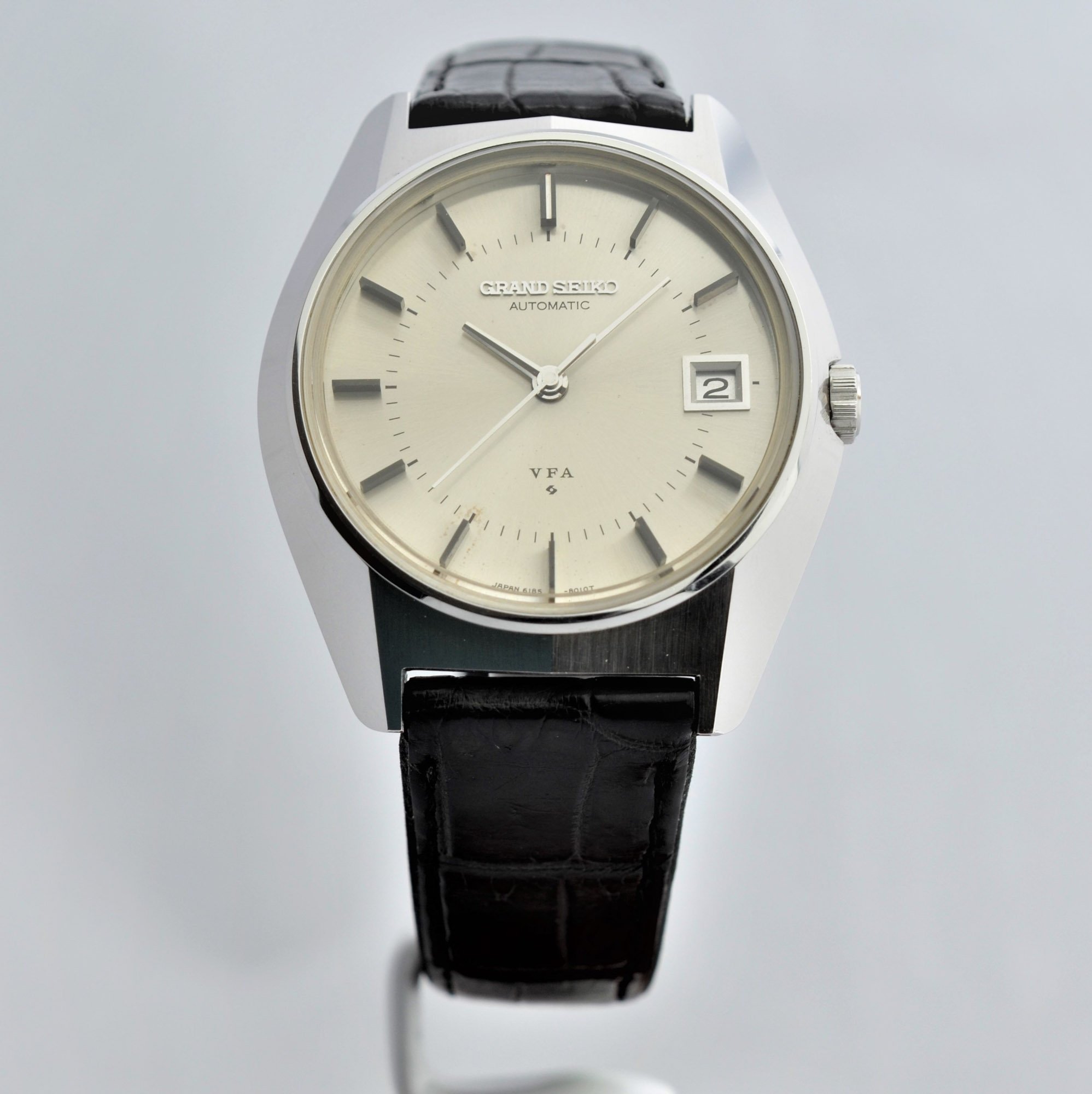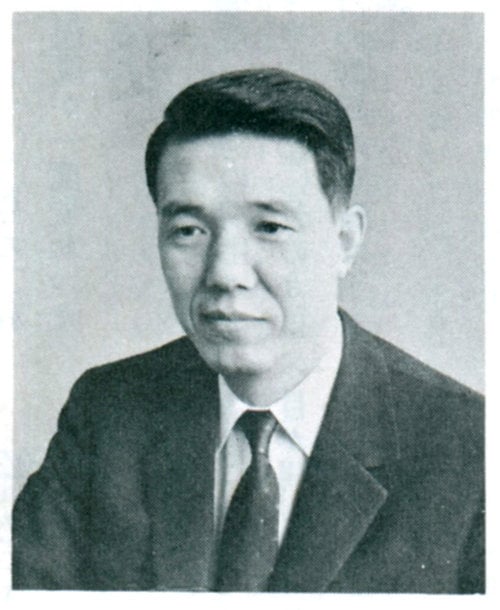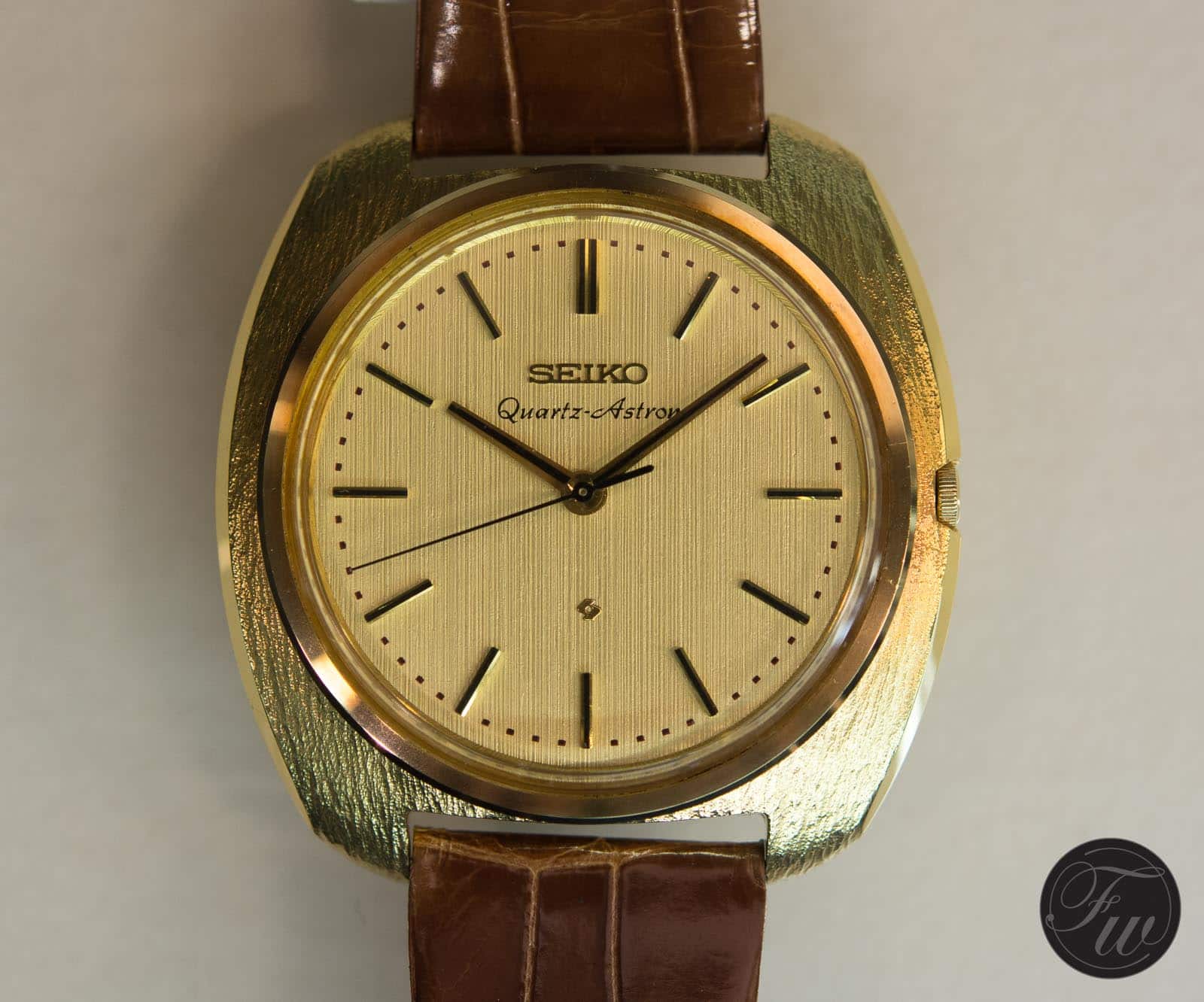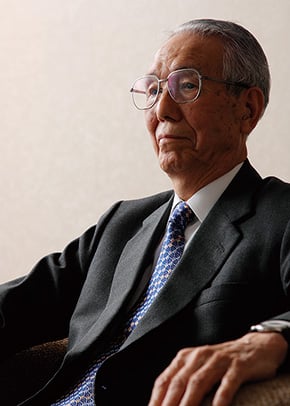An Homage To A Great Seiko Figure: Tsuneya Nakamura
On the 25th of December 2018, the man who probably had the biggest impact on Seiko’s modern history, and possibly the story of the modern watch industry in the 20th century, passed away.
Tsuneya Nakamura reached the age of 95 years and a funeral service was held on the 4th of February in the city of Suwa, in Japan’s Nagano Prefecture, where Nakamura san spent most of his life serving local industry and economy but also education and arts.
Tsuneya Nakamura
Today we would like to pay tribute to this emblematic Seiko figure by retracing the life of the man that orchestrated Seiko’s phenomenal success in the 60s and 70s.
Born on the 8th of March 1923, Tsuneya Nakamura joined Daini Seikosha Kameido (Tokyo) in 1944, at the end of World War II. He even experienced the bombing of the factory in 1945. After this hard blow, almost all of the remaining staff and machines were sent in the mountainous Nagano Prefecture where Seiko had already started to plan their fallback. The Suwa plant (named after the city of Suwa-shi) was established and the young 22 years old Tsuneya Nakamura was sent over in 1945.
Seiko Marvel
As Japan recovered from World War II with the help of the miraculous American capitalism, Seiko had a hard time standing out, the production facilities were outdated and the watches made were broadly inspired by European ones.
In the mid-1950s, Tsuneya Nakamura asked his executive management that he creates a new modern watch to put Seiko back on the horological map.
This is how the Seiko Marvel was born in 1956, entirely made by the (then) 33-year-old Tsuneya Nakamura. It was a modern watch for its time and it started a new era for Seiko. Meanwhile, Suwa Seikosha’s production facilities had been modernized to produce the Marvel and the whole enterprise was very quickly crowned by great commercial success.
Magic Lever System
But beyond the industrial and economic impact the Marvel had, it paved the way for many great achievements for Seiko in the coming decade.
The Marvel won many domestic chronometry contests, inspiring Tsuneya Nakamura to become a major actor in the global watchmaking industry.
From the Marvel, Suwa Seikosha made the Gyro Marvel, the very first automatic watch manufactured in Japan under the aegis of Nakamura san. This watch was equipped with the famous “Magic Lever” system, that is still in use in almost every automatic watches made by Seiko today.
Grand Seiko
The Marvel also gave birth to the Seiko Crown in 1958, a watch inspired by the Marvel, but putting the emphasis even more on the chronometry performances with an upgraded movement.
Proud of its commercial success and its great results in the Japanese Chronometry trials, Seiko decides, in 1960, the launch a new high-end line of watches made to compete with the very best Swiss watches: Grand Seiko.
The project was naturally handed to the 38 years old Tsuneya Nakamura, the man behind the legendary Marvel. He was put in charge of creating, developing and launching what quickly became – and still is – Seiko’s flagship brand.
Lord Marvel and Crown combined
The first Grand Seiko (aka the First) was the fusion of two emblematic watches for Suwa Seikosha. For the aesthetics, the First takes its inspiration mainly from Lord Marvel, a luxury version of the Marvel (hand engraved dial, diamond cut gold hands and indices), and for the movement, it takes its inspiration mainly from the Crown, whose caliber will be further updated to make Seiko’s first “Chronometer” grade watch, the Grand Seiko First and its cal.3180. Two of Tsuneya Nakamura’s best creations combined into a watchmaking masterpiece.
Olympic Games ’64
The early 60s also mark the beginning of an important move made towards the very promising quartz technology. At the same time, Seiko is chosen to be the official timer for the Tokyo 1964 Summer Olympic Games.
It’s under Nakamura’s guidance that mechanical and electronic engineers worked hard, hand in hand, to create the Quartz Crystal Chronometer, the world’s first portable quartz clock. This wonder of technology was presented to the 1963 Neuchatel chronometry trials in the “Marine Chronometer” category, a first for a Japanese brand. It received the tenth place, a decent score for Seiko’s first entree in this famous contest. In 1964, for their second participation, Suwa Seikosha won second to seventh place with an improved version of the Quartz Crystal Chronometer.
Seiko Crown Chronograph
On the same year, this clock and its variations were broadly used for the Tokyo Olympics and Tsuneya Nakamura played a decisive role in starting a new era for sports timing, with both the use of quartz and the new mechanical stopwatches made for the occasion and that reached a never achieved before accuracy.
For the 1964 Olympics, Seiko also released their first chronograph wristwatch, the Crown Chronograph with a monopusher hand-wound movement loved by every Seiko collectors out there. In this instance too Tsuneya Nakamura had a decisive input as those chronographs were based on the Seiko Crown, the direct descendant of the Seiko Marvel.
EP-son
For the Tokyo Olympics, the teams from Suwa Seikosha also got the idea to implement a new device into that quartz clocks, a device that would directly print the results when the timing is done, another first in the Olympics history. This little invention got such a big success that in 1968, Suwa Seikosha launched the EP-101 (for Electronic Printer), the very first numeric printer to ever hit the market. This led to the birth of the brand Epson in 1975, meaning “Electronic Printer’s Son”.
Very Fine Adjusted
Even though the “Quartz Crystal Chronometer” might seem like an anecdotal part of Seiko’s history, it embodies three of Seiko’s most important achievements in the 60s: the Swiss chronometry competition, the 1964 Tokyo Olympics Games and the development of quartz technology. And behind those three achievements, still the same man…
The participation in the Swiss chronometry trials was Tsuneya Nakamura’s idea, a man that would never stop comparing his work with the industry leaders in order to always move forward. This is what guided him through the creation of the Marvel, this was the founding idea of Grand Seiko and the very essence of their participation in Swiss chronometry competitions.
Grand Seiko was a huge success, with its peak being the production in 1969 of the legendary VFA (Very Fine Adjusted), mythical watches in Seiko’s history, regulated to within +/- 2 s/d (actually +/- 60 sec/month) with a guarantee of two years, an absolutely remarkable watchmaking. The continuity and growing popularity of Grand Seiko almost sixty years after its launch also shows the success of this amazing enterprise initiated by Tsuneya Nakamura.
Chronometer Competition
The chronometry trials were also a great success for Suwa Seikosha as they literally shook the Swiss watchmaking industry in 1968.
On the 5th of May 1968, the Council of Neuchâtel announced they cancelled the watch category of the chronometry trials but they still issued the results of the watches submitted until then. Suwa Seikosha submitted two movements that received the second-best rating ever for this category, the record still being held by Omega from the previous year.
When the cancellation was announced, they decided to send some other movements to the Geneva chronometry trials and they won places four to ten, the podium being held by quartz prototypes, and the first place in the manufacture ranking. Their best scoring movement in Geneva crushed Omega’s Neuchâtel 1967 record.
After this tsunami, the rules changed and only European manufactures were allowed to participate in Swiss chronometry trials.
Above: 1968 Geneva chronometry trials results for a movement submitted by Suwa Seikosha and adjusted by Kiyoko Nakayama. Source: Anthony Kable www.plus9time.com
On a side note, it’s interesting to see that the first ten watches Suwa Seikosha presented to the 1964 Neuchatel chronometry trials were all adjusted by Tsuneya Nakamura himself, who didn’t just launch the project but also took a vital part in it and in development of the hi-beat movements used for the chronometry trials, while also working with the R&D teams on quartz and on the timekeepers for the 1964 Tokyo Olympics. The 41 years old engineer was definitely going strong!
Above: Tsuneya Nakamura in 1969. Source: Anthony Kable www.plus9time.com
Quartz Technology
Even though he started a new era for Seiko with the Marvel, even though he was the creator of Grand Seiko, even though he was the driving force behind the participation in Swiss chronometry trials and the development of hi-beat movement that went with it, even though he played a central part in developing sports timing for the 1964 Tokyo Olympics, even though he was behind the invention of the first electronic printer ever, Tsuneya Nakamura is mainly remembered for what will probably remain the main achievement of his career: the creation of the first-ever quartz watch.
Starting at the end of the 1950s, the R&D teams at Suwa Seikosha worked hard of developing the quartz technology and their first achievement was the launch of the Quartz Crystal Chronometer in 1963. The biggest challenge was miniaturisation, and with it came another key issue: the power reserve. The first quartz wristwatch prototypes had a very short power reserve and the batteries would die in no time.
Knowing the Swiss were making good progress with the Beta21 project, Seiko’s CEO gave Tsuneya Nakamura an ultimatum at the end of 1968: he had to release the world’s first quartz wristwatch before January 1st 1970. And since the challenge was not hard enough, he assigned all of the engineers working on quartz to other projects and let Tsuneya Nakamura forming new teams that would have one year to release their quartz wristwatch.
And this is when Nakamura san made a choice of the utmost importance, a choice that would help solve the power reserve issue, the choice to use a stepper motor that would move the second hand once every second. This choice might seem trivial today but this is what determined what would the standard for quartz watches be as, down the road, the model developed by Tsuneya Nakamura using a stepper motor will serve as a reference for the whole industry and billion of watches will be made using the same principle in the following decades.
On December 25th 1969, Seiko released the Astron, the first quartz wristwatch to ever hit the market, proving the amazing 46 years old Tsuneya Namakura managed to meet the challenge set by Hattori a few months before.
Chairman of Seiko Epson
Thereafter, Tsuneya Nakamura kept on helping Suwa Seikosha (that would become Seiko Epson) always improving and innovating on the commercial and industrial fields but also taking them down the path of ecology with the development of greener watchmaking technologies such as Thermic or Kinetic movements. He also tackled the ozone-depleting substances problem, bringing new solutions to the table, especially concerning CFCs, a very significant effort that earned him six consecutive «Stratospheric Ozone Protection Awards» (both Corporate and Individual Awards) from the U.S. Environmental Protection Agency. He also launched various local programs across Epson group to foster harmony with local communities through waste reduction or coastal cleanups for instance.
Named chairman of Seiko Epson in 1987 at the age of 64, Tsuneya Nakamura retired in 1994 at the age of 71, after fifty years at the service of Seiko. This allowed him to take time to commit to sponsorship, helping many foundations promoting education, sciences or music with his generous donations.
It’s on the 25th of December 2018, exactly 49 years after his career highlight, that this great man passed away at the age of 95.
Tsunya Nakamura was an outstanding engineer and a virtuous man, he has deeply shaped Seiko’s history and the influence he had on the brand give him a place of honour among the great names of Seiko.
Our deepest thoughts go to his relatives and close ones, and especially to his widow Mrs Reiko Nakamura.
謹んで哀悼の意を表するとともに心からご冥福をお祈りいたします。
This article was written by Arnaud (co-owner of Ikigai Watches, who specializes in vintage and pre-owned Seiko and Gand Seiko). Originally in French for Passion Horlogère, and translated to English for Fratello.
Sources used for this article are:
The Seiko Book
A Journey in Time – The Remarkable History of Seiko
https://www.ikigai-watches.com/the-birth-of-grand-seiko/4947
https://www.plus9time.com/seiko-the-neuchtel-chronometer-competition/
https://museum.seiko.co.jp/en/
https://global.epson.com/SR/environment/history/index_3.html
https://www.sankei.com/life/news/190107/lif1901070029-n1.html


